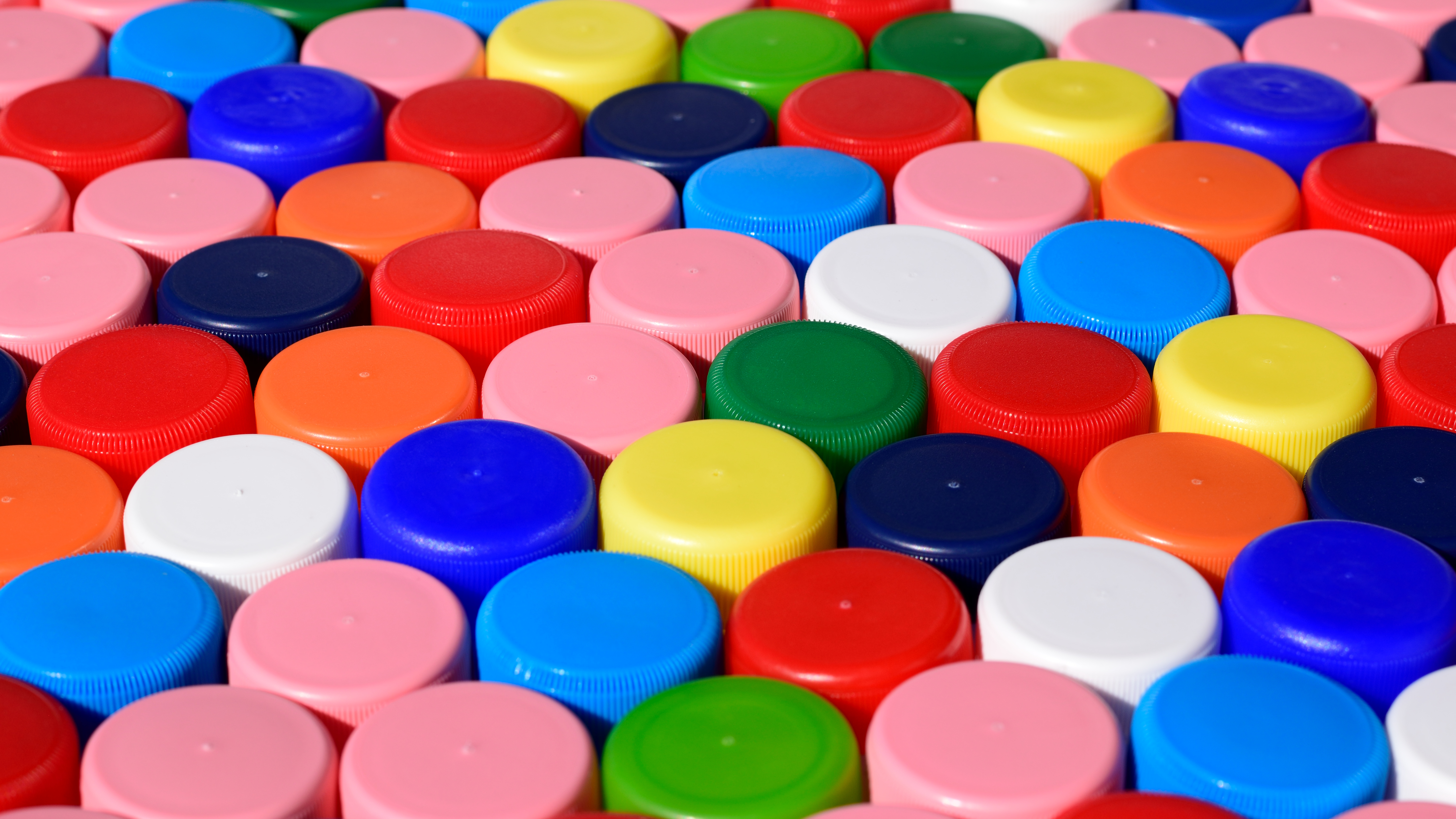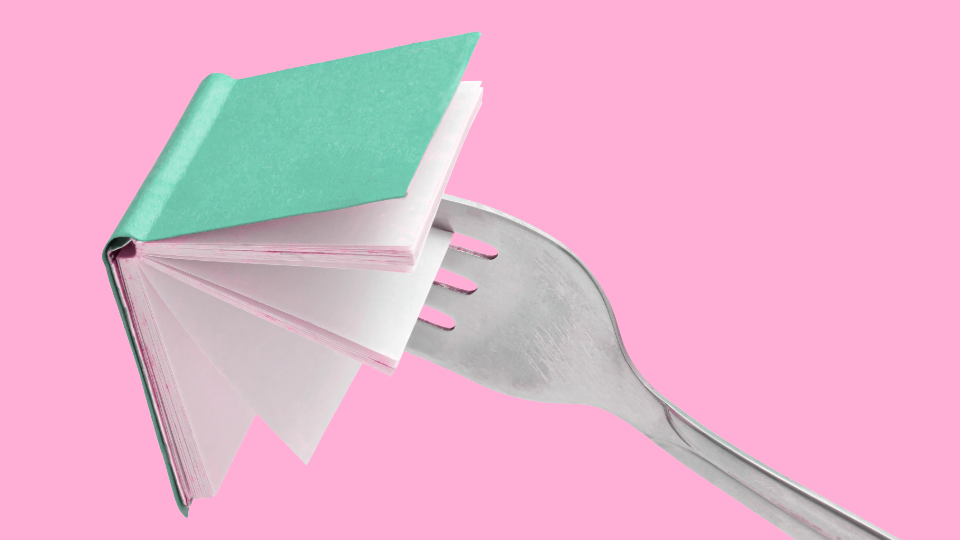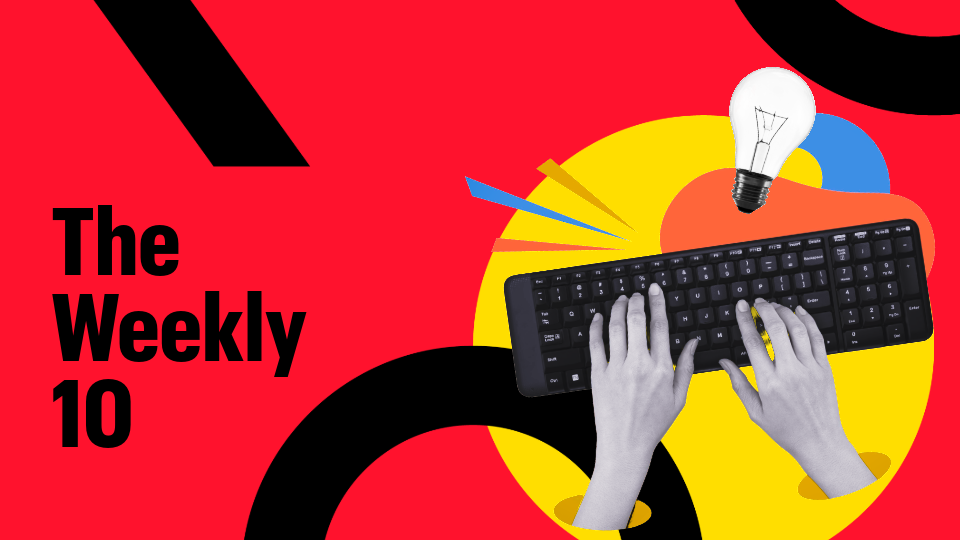In the 1960s, as plastic entered its early heyday, the seemingly indestructible material became the preferred building block for many products and packaging. Often made with petroleum, plastic was cheap, versatile, strong and relatively easy to manufacture — enough to drive its popularity for years to come.
But as plastic waste began to pile up, so did negative consumer sentiment about the material. According to a 2020 joint report by NPR and PBS’ Frontline, plastic started to become less of a boon and more of a bane for companies as early as the 1970s. In search of a solution, the plastics industry touted the recyclability of plastic, lobbying to get the now-iconic recycling symbol placed on bottles and other packaging — helping drive continued demand for plastics.
There was just one problem: Plastic recycling was a lot more complicated — and difficult to deploy — than it seemed.
The reality of recycling
In a 2022 story titled “U.S. Plastic Recycling Rates Are Even Worse Than We Thought,” Time magazine’s Emily Barone reported that the Environmental Protection Agency’s most recent assessment of plastics recycling in the U.S. — about 9% in 2018, “meaning that more than 91% of plastics generated that year were put in a landfill or incinerated for energy” — was likely “overestimated,” according to plastic waste experts. More recent data from the nonprofit Last Beach Cleanup and Beyond Plastics, Barone notes, “indicates that the rate in 2021 was under 5%, cutting the previous estimate nearly in half.”
Now, nearly 50 years after industry experts first expressed doubts that recycling plastic could ever be economically viable, it is common knowledge that plastic is not as recyclable as we were once led to believe. Arguably, the success of recycling programs around other common materials, such as paper, glass and aluminum, created unrealistic expectations in consumers’ minds. Industry group The Aluminum Association, for instance, notes that “since the industry starting tracking recycling in 1972, we’ve recycled more than 2 trillion cans” in the U.S., and today “aluminum cans contain 73% recycled content” — which is as much as “20X the recycled content of plastic bottles.”
The plastic problem is economic in nature: Producing new plastic is cheap, recycling it is not.
“All used plastic can be turned into new things, but picking it up, sorting it out and melting it down is expensive,” NPR’s Laura Sullivan explains. “Plastic also degrades each time it is reused, meaning it can’t be reused more than once or twice.”
Beginning in 1992, the U.S. Federal Trade Commission (FTC) has regularly issued guidance surrounding “green” marketing claims — those of brands claiming their products are environmentally friendly. Through its Green Guides, the FTC provides details on how the industry can make environmental marketing claims that are compliant. Though non-binding, the guidelines “serve to strengthen the FTC’s cases when it takes legal action against industry,” The Guardian’s Tom Perkins reports.
As the number and popularity of products marketed as sustainable or recyclable have increased, so too have the number of FTC complaints and class action “greenwashing” lawsuits tied to such claims — with at least 17 filed or decided in the two years prior to June 2023, according to the Boston law firm Mintz. In response to growing consumer concern, the FTC launched an effort in 2022 to update its Green Guides — a project last undertaken in 2012.
Although the latest iteration is still under review, as the FTC considers and incorporates proposed revisions, companies would be smart to act now to guarantee accuracy, transparency and clarity around their products and packaging — ensuring that “green” marketing claims aren’t just that, but are substantiated by evidence. Demonstrating that your products or packaging are not just “recyclable in theory but recycled in reality,” as TruthInAdvertising.org notes, is essential for not just avoiding the potential wrath of the FTC but the loss of trust among consumers.
Efforts to address and communicate around the issue of recyclability, of course, go beyond marketing. Some companies, for instance, are exploring new approaches and entirely new materials to produce more sustainable products and packaging, to help fuel a new wave of recycling that’s more in line with reality.
Recycling made easier
Contributing to recycling’s woes, 60% of consumers say they are confused about what and how to recycle, according to the nonprofit The Recycling Partnership.
Some of this is likely due to inconsistency. The ability to recycle a given product is largely determined by where you live, as the availability of processing facilities varies greatly across the U.S. Needless to say, this variability has made difficult work of communicating which materials can be recycled where.
The organization GreenBlue, however, has been working to change that. Through the development of its How2Recycle labeling system, the organization “harmonizes” recyclability information based on the FTC’s Green Guides, providing more comprehensive, straightforward guidance to help reduce confusion. The label shares information about specific parts of a package, the material used, its recyclability and brief directions to help ensure successful recycling.
“How2Recycle … enables product makers to convey to consumers how to recycle a package,” per GreenBlue’s mission statement for the initiative, effectively improving the “reliability, completeness and transparency of recyclability claims.”
Another innovation is also setting the stage for simplified recycling. QR codes, which have been making a comeback in marketing as of late, are being deployed to provide more detailed recycling information by location. Recycle Check, a new program from The Recycling Partnership, is working to encourage consumer brands to add QR codes to their packaging that direct users to recycling information.
Consumers can scan these and then type in their ZIP Code on the Recycle Check website to learn whether an item can be recycled and to receive instructions on how to do so, Axios’ Jennifer A. Kingson reported in an October post titled “Recycling is about to get much easier.” Companies including General Mills and Horizon Organic have already signed onto Recycle Check, and consumers can expect to begin seeing products with recycling QR codes from those companies on their grocery shelves soon.
“The number of manufacturers using Recycle Check is likely to grow quickly,” Kingson notes, “thanks to deals with two major labeling systems” — How2Recycle and SmartLabel, a program run by the Consumer Brands Association.
Recycling the unrecyclable
Clarity and transparency about recycling options are obviously important. But what about communicating around hard-to-recycle or non-recyclable items?
A company called TerraCycle has a solution for that. Focused on eliminating “the idea of waste,” according to the company’s website, TerraCycle operates by partnering with consumer goods brands and retailers to create free recycling programs. These brand-sponsored programs allow consumers to download and print shipping labels to send used packaging and containers to TerraCycle’s facilities, where they will be recycled. Right now, everything from Babybel cheese wrappers to Dunkin’ coffee bags to Taco Bell sauce packets — and even cigarettes! — can be mailed to the company to get a new life. Every time they recycle, consumers can earn reward points that can be redeemed for donations to specific charitable organizations or schools.
It should be noted that TerraCycle faced a lawsuit in 2021 alleging that the company and some of its brand partners misled customers by suggesting that anyone could send their items in to be recycled for free — when in reality only a certain number of customers could do so due to program budget limits set by each participating brand. As a result, TerraCycle and its partners agreed to make it clear on labels when participation in a program is limited, Fast Company’s Elizabeth Segran reported in the wake of a legal settlement.
Meanwhile, TerraCycle has been promoting a new program called Loop, which “helps companies move away from single-use plastic to reusable bottles,” per Segran. “It has created durable containers for dozens of brands, including Clorox, Häagen-Dazs and Seventh Generation, which consumers can send back to the retailers to be refilled.”
The promise of compostables
An increasing number of companies have been pursuing an alternative to recycling by dipping their toes into compostables — from compostable packaging to products themselves.
Since the launch of Frito-Lay’s first-of-its-kind compostable, bioplastic SunChips bag in 2010 — which quickly became known for the loud crinkling noise it made when handled — PepsiCo, which owns Frito-Lay, has invested heavily in compostable packaging. Last year the company released a quieter, 100% bio-based compostable bag for its Off the Eaten Path brand veggie crisps. And in April 2023, it opened a new composting facility for the Frito-Lay and Quaker packaging teams, Anne Marie Mohan of Packaging World reports. Located at the company’s R&D headquarters in Plano, Texas, the facility is designed to “enable on-site testing and analysis of compostable packaging materials,” Mohan notes.
PepsiCo isn’t the only company jumping into the compostable game. In September, Walmart began selling a compostable line of Great Value cutlery sourced from U.S.-based manufacturer BeyondGreen. The product has been confirmed to meet the compostable standards of the Biodegradable Products Institute (BPI) — although, as with so many other compostable options, it is “commercially compostable only,” Packaging Dive’s Maria Rachal reports, meaning that it has to be taken to a specific type of facility that is currently not widespread in the U.S.
“Even if restaurants, homes and office buildings have composting bins, in most places this pile of compostable trash has nowhere to go,” The Atlantic’s Saahil Desai reports, because “America doesn’t have the composting infrastructure to deal with it.”
As more states introduce labeling laws to standardize compostable claims to reduce confusion, Packaging Dive’s Cole Rosengren notes, some companies are innovating to create simplified compostable packaging that can be composted in consumers’ own backyards. Nestlé began piloting home-compostable Nespresso coffee capsules last year, and Bolthouse Farms announced in October the release of home-compostable packaging for its baby carrots, The Packer’s Tom Karst reports. Also in October, avocado producers Oppy, Avoworks and Eco Farms announced they are launching new sustainable packaging that is 100% home-compostable.
Meeting consumer demand
With all of this in mind, it should come as a relief to brands that many consumers are not only interested in sustainable packaging, but say they are also willing to pay more for it. In a 2020 McKinsey U.S. consumer sentiment survey, more than 60% of respondents noted they would pay more for a product with sustainable packaging.
As the saying goes, “Where there’s a will, there’s a way.” If demand, backed by dollars, exists, then brands have an opportunity to get this right — before being compelled to by new government guidelines and regulations. As Nutritional Outlook’s Mike Straus notes, “Brands should act now to prepare for the likely changes [to the FTC Green Guides] — or risk being caught flat-footed.”



